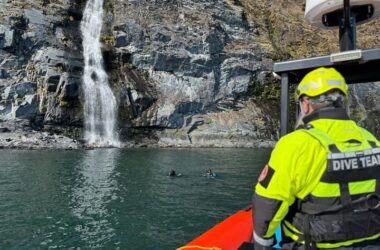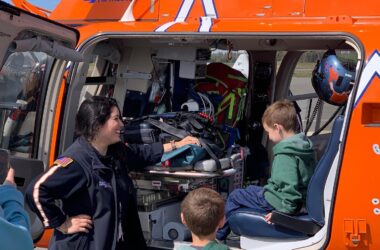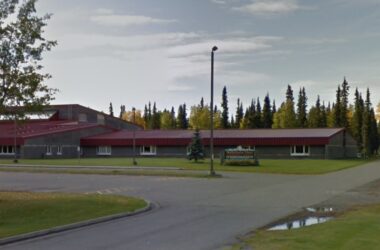A collaboration of various state agencies has finished four herbicide treatments over the last three years in an effort to eradicate the invasive plant species Elodea which was in three Nikiski lakes.
Supervisory Biologist Dr. John Morton at the Kenai National Wildlife Refuge says the state recognized early on that Elodea was quick growing and bad news.
Dr. Morton: “Elodea is the first fresh-water, submersed aquatic plant to come to Alaska. It showed up in Cordova in 1982, Fairbanks in 2010, Anchorage 2011, Kenai Peninsula 2012, showed up in the Mat-Su in 2014 and then Lake Hood in 2015.”
Floridone was chosen as the main herbicide to treat Stormy, Beck, and Daniels lakes, a chemical that interferes with plants abilities to absorb sunlight.
Morton says throughout the community meetings there was sometime concern however the treatments are benign to humans, there are no restrictions to swimming, drinking, or fishing.
Dr. Morton: “So in spring of 2014, pre-treatment, 70% of the sites in Beck had Elodea, 22% of the sites in Daniels had Elodea and 50% in Stormy… By May of this spring, we were at zero, zero, and twenty, and by this fall we’re at zero, zero, and zero, which is great.”
The agencies will continue to monitor the three lakes north of Kenai through 2016 for Elodea resurgance as well as testing for floridone in the water columns.








